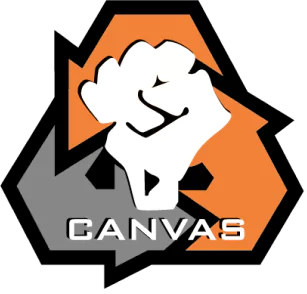Oct 16, 2003-2003
Bolivia
Bolivian Anti-Sanchez de Lozada Hunger Strikes
Share
ACTIVISTS/ACT.GROUPS/DESCRIPTION OF THE GROUP
Ana María Romero Campero, Middle class, members of the Permanent Assembly, political elites
TARGET
President Sanchez de Lozada
WIDELY HELD BELIEF
An inefficient government should resign.
CASE NARRATIVE
Issue and Opponent: In early September, the government announced its plan to export its national resource: gas. An already economically suffering population was outraged to hear this resource was to be sold outside their state. For a decade, the indigenous people of Bolivia (about 62% of the entire population), have been lightly protesting their lack of rights and economic inequality. President Sanchez de Lozada has continued to repress their cries. In February 2003, the President introduced a direct income tax which outraged the majority of the population. In February, strikes, road blockages, demonstrations, and looting took place in protest of this “mega tax” and the President’s authority. Over 30 individuals died during this time. After the President allowed for the exporting of the natural resource, a “gas war” ensued. Multiple protests and strikes broke out, including a hunger strike occurring after 59 civilians were killed during a public demonstration. Dilemma Action: In October, over 1,500 people participated in hunger strikes that called for the resignation of President Gonzalo Sánchez de Lozada at 83 different sites across Bolivia. The hunger strikes were organized by Ana María Romero Campero, who also gained favor from the churches who opened their doors to hunger strike pickets. Elsa Guevara, the ranking legislator from one of the government partners (the MIR party), was among the members of parliament who also went on a hunger strike. This hunger strike was one of many protests occurring at the time– all in support of one movement. The shared demands of this movement were to establish “public control over natural resources, a Constituent Assembly to redefine the state, and decolonization of the state’s relationship with indigenous peoples” (Bjork-James, HRP). The President’s initial response was to criminalize longstanding protests. The strikes destroyed the government’s support base within the middle classes and garnered the attention of intergovernmental organizations. Outcomes: On October 17th, President Gonzalo Sánchez de Lozada resigned as a result of the protests (of which the hunger strikes were one part). Shortly after, he sought exile in the US. The hunger strike was part of a larger campaign demanding Sanchez’s resignation and economic reform.
PRIMARY STRUGGLE/GOAL
NONVIOLENT TACTICS USED
DA TACTICS USED
Hunger strike
CASE NARRATIVE WRITER
SUCCESS METRICS
10 / 12
(CONC) Concessions were made
(EREP) Dilemma action got replicated by other movements
(MC) Media Coverage
(MSYMP) Media coverage was sympathetic to the activists
(OR) Opponent response
(PS) Dilemma action built sympathy with the public
(PUN) Punishment favored the activists
(REFR) Dilemma action reframed the narrative of the opponent
(RF) Dilemma action reduced fear and/or apathy among the activists
(SA) Dilemma action appealed to a broad segment of the public
PART OF A LARGER CAMPAIGN
2 / 3
Encouraged more participants to join the movement
Internally replicated by the same movement
RESOURCES
Project documentation
Dilemma Actions Coding Guidebook
Case study documentation
Dilemma_Actions_Analysis_Dataset
SOURCES
http://hrp.law.harvard.edu/wp-content/uploads/2020/05/CBjork-James_20_0030.pdf. Accessed April 15, 2022.
Webber, Jeffery R. 2010. “Carlos Mesa, Evo Morales, and a Divided Bolivia (2003–2005),” Latin American Perspectives. Retrieved July 22, 2023. (https://www.jstor.org/stable/25700516).
Amnesty. 2004. “Bolivia: Crisis and Justice – Days of Violence in February and October 2003,” November 30. Retrieved July 22, 2023. (https://www.amnesty.org/en/documents/amr18/006/2004/en/).
Assies, Willem. 2004. “Bolivia: A Gasified Democracy,” European Review of Latin American and Caribbean Studies. Retrieved July 22, 2023. (https://www.jstor.org/stable/25676070).
Hirschel-Burns, Danny. 2011. “Bolivians win democratic control of the country’s gas reserves, 2003-2005,” Global Nonviolent Action Database, April 24. Retrieved July 22, 2023. (https://nvdatabase.swarthmore.edu/content/bolivians-win-democratic-control-countrys-gas-reserves-2003-2005).
Sebastian, Simone & Karsin, Nicole Elana. 2003. “Welcome to Bolivia — now sit tight / S.F. pair’s vacation becomes ordeal of tear gas, dynamite,” SF Gate, October 18. Retrieved July 22, 2023. (https://www.sfgate.com/health/article/welcome-to-bolivia-now-sit-tight-s-f-pair-s-2581934.php).
Related cases
Jan 26, 2020-2020
India
Issue and Opposition: PM Modi and his party (BJP) are accused of being right-wing Hindu conservatives nurturing anti-Muslim sentiments and formulating anti-Muslim poli...
/
Oct 17, 2020-2020
India
Issue and Opposition: In 2020, the Modi government in India introduced three farm bills that resulted in a huge uproar from the farming communities, leftist parties, a...
/
Jul 27, 1988-1988
Panama
Resentment grew regarding the militaristic domination of the political system by defacto ruler Manuel Noriega. Noriega’s chief of staff, Colonel Roberto Díaz Her...
/
Subscribe to our newsletters to get full access to all materials on our website.

